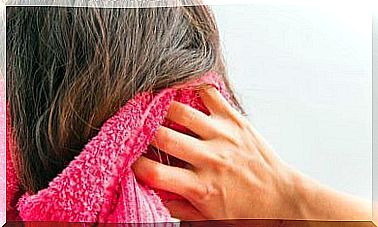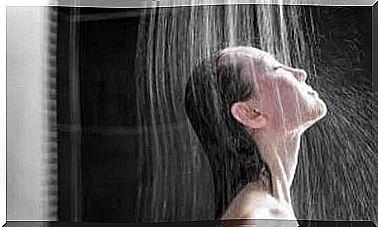The Usefulness Of Neuromuscular Bandage
In Japan, the technique of neuromuscular bandage has been very well received. And although there is still a lot to scientifically prove, it has proven to be very beneficial.
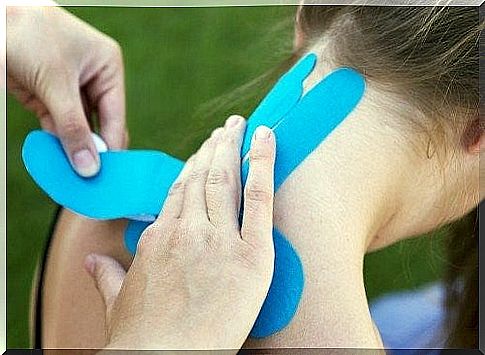
The term neuromuscular bandage may arouse curiosity. However, you may already have someone on the street wearing certain colored bandages on one or more parts of their body. What are these bands for? What are they really? How do they work? Can you use them?
These antiallergic acrylic adhesive tapes are used to treat injuries and other physical ailments. Together, they form what is known as the neuromuscular bandage technique, invented in 1970 and very well received in countries like Japan. Let’s see why this technique has proven so useful in various treatments, and not just for professional athletes and sportsmen.
What is a neuromuscular bandage?
Neuromuscular bandaging, also called kinesiotaping , is a technique that places hypoallergenic, water-resistant, elastic cotton bandages in parts of the body that have been injured. In order to facilitate movement, the bandages are made of a type of fiber that can stretch up to 140% of their original length.
Once in place, a bandage can stay on the skin for several days. However, it is necessary to change them after a certain time (usually after 3-4 days, depending on the case). Obviously, the bandages do not affect flexibility or hinder movement. On the contrary, they promote them in order to speed up the healing process. They are therefore a good complement to various types of therapy (such as massage).
The colors of the bandages
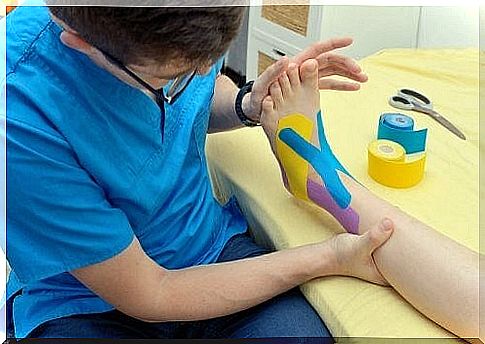
Depending on the location, type of traction, injury, and other factors, the color of the bandage will vary. For example, blue and black bandages have the function of relaxing the muscle (which has some analgesic effect), while pink and yellow bandages are stimulating. How do they work? Once the bandages are in place, the heat generated by the “active” movement (so to speak) is a kind of massage that eliminates the discomfort.
The advantages of bandages
It should be noted that, although its effectiveness has not been demonstrated by clinical trials, this technique is very useful and offers the following advantages:
- Bandages facilitate lymphatic drainage.
- They activate blood circulation.
- The dressings help improve posture (correct the alignment of weak muscles).
- They provide “extra” support to joints and muscles.
- They reduce muscle fatigue, that is, they reduce inflammation and relieve pain.
In addition, it is considered that the use of these bandages can be very useful in reducing the consumption of anti-inflammatory drugs, like ibuprofen, which has side effects on the body.
For which conditions are they recommended?
- Contractures
- Back pain
- Localized pain
- Sports injuries
- Muscle overload
- Carpal tunnel syndrome
- Muscle cramps
- Circulation and drainage problems (cellulite, flaccidity, edema, etc.)
How does it work?
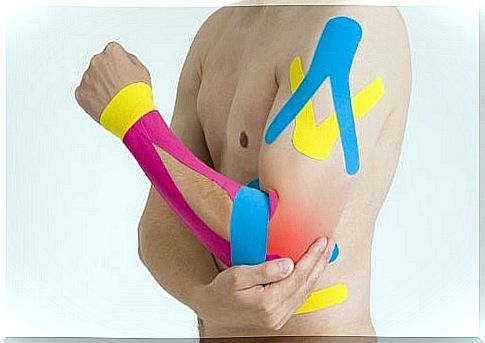
The bandage is applied in the area to be treated, with more or less flexibility (depending on the case), always in a position of tension, so that when the person assumes his normal position, the bandage undergoes an “accordion” effect. Neuromuscular bandage promotes slight elevation of the skin at the microscopic level, thanks to the flexibility and wavy shape of the fiber itself. This reduces the pressure of the lesion and avoids painful stimuli.
Prerequisites for the application of a neuromuscular bandage
- The skin should be clean, dry, shaved, and free from any type of cream or oil (as these can prevent the bandage from adhering properly).
- The ends of the dressing should always be rounded for a better grip.
- Once the bandage is applied, rub it gently several times so that it adheres well.
- You can shower without problem, but try to avoid touching or applying soap to the bandage area.
- If irritation occurs, you should go to the professional to remove the bandages immediately.
- However, it should be kept in mind that it is sometimes normal to have a tingling or “itching” sensation due to increased blood circulation.
What to keep in mind
It is best to see a physiotherapist to apply the bandage after a physical evaluation. Its application, at first glance, seems simple. However, do not do it at home, without any knowledge, as it could be counterproductive.



